This article was medically reviewed by Sarah Gehrke, RN, MS. Sarah Gehrke is a Registered Nurse and Licensed Massage Therapist in Texas. Sarah has over 10 years of experience teaching and practicing phlebotomy and intravenous (IV) therapy using physical, psychological, and emotional support. She received her Massage Therapist License from the Amarillo Massage Therapy Institute in 2008 and a M.S. in Nursing from the University of Phoenix in 2013.
There are 7 references cited in this article, which can be found at the bottom of the page.
This article has been viewed 90,894 times.
Meningitis causes an inflammation of the lining around the brain and spinal cord. The same germs that cause bacterial meningitis can also cause septicemia, or blood poisoning, though septicemia may occur with or without meningitis.[1] Both conditions are life threatening, and should be treated with immediate medical attention. While you should not delay medical treatment to see if a rash develops, the presence of a rash can often be an indication of meningitis and/or septicemia, and can be confirmed using a glass or tumbler test.[2] Learning how to perform a glass test, and look for other symptoms of meningitis or septicemia, can help save the life of you or a loved one.
Steps
Performing The Glass Test
-
1Identify a meningitis rash. Rashes caused by meningococcal septicemia start as a scattering of small "pin prick" marks. These marks may appear reddish or brown and gradually develop into large patches of purple or red blotches and/or blood blisters.[3]
- Unlike most rashes, a rash caused by meningococcal septicemia will not fade or blanch when pressure is applied to it. The glass test makes use of this characteristic to help prove or disprove the source of such a rash.[4]
-
2Select a clear glass. Use an ordinary clear glass or heavy plastic tumbler style cup for this test. If using plastic, the glass should be strong enough that sufficient pressure may be applied without the risk of cracking or breaking.[5]
- The glass must be clear. Solid or translucent tints can make it harder to examine the rash during the test.
- A tumbler or similar cup is usually the easiest tool to use, but another clear glass or plastic object, like a clear glass bowl, would also work if necessary.
Advertisement -
3Choose a suitable test site. To perform the test, you will need to find a patch of skin that is relatively pale and marked with pin pricks/rash spots.[6]
- Meningitis rashes may be difficult to see on darker skin tones. To check for rashes, try looking at lighter patches of skin, such as the palms of the hands or the soles of the feet.[7]
-
4Press the glass into the rash. Gently press the side of the glass onto the skin, directly over the rash. Make sure that you can see the rash through the side of the glass, and experiment with pressing directly and rolling the glass slowly over the rash to get a comprehensive viewing of the blotches and pin pricks.
- Apply enough pressure to cause the skin around the rash to become pale. The pressure must push blood away from the tiny blood vessels at the surface of the skin. If the skin around the rash isn't pale, you aren't applying enough pressure to judge the test accurately.
- The rash may appear to diminish at first. This may be an illusion, as the skin itself around the rash is fading in color while while you press the glass against the skin. Do not end the test here, regardless of how the results appear.
- If the rash fades, continue to press the glass over the rash and try pressing it on other parts of the rash to ensure that the rash does, in fact, consistently diminish under the glass.[8]
-
5Watch for fading. As you roll the glass over the rash, watch the color of the rash itself. Pay close attention to whether or not the rash fades, and look for consistency in your results.
- If the rash consistently fades, it probably isn't caused by meningitis or septicemia.
- If the rash does not fade, however, this is a dangerous sign and is indicative of meningococcal septicemia.
-
6Contact a doctor immediately. A rash that does not fade under pressure could be caused by meningococcal septicemia and is cause for concern. This condition can be fatal, and it requires immediate medical attention. Call your doctor, or go straight to an emergency room to seek treatment.
- If the rash does fade but other signs of meningitis are present, or if there are other major medical concerns, you should still seek immediate medical care. The rash itself is not the definitive test for meningitis, and may fade or be absent altogether, even in confirmed cases of meningitis.
- You should not wait for a rash to appear before seeking medical treatment. As soon as you suspect that you or someone you know has meningitis, go to the emergency room at your nearest hospital.
Recognizing Other Signs and Symptoms
-
1Identify symptoms in children and adults. Meningitis frequently mimics the symptoms of influenza, but unlike the flu, meningitis is often life threatening. Symptoms may come on quickly over the course of several hours, or may take one to two days to develop. Common symptoms in children and adults include:
- the sudden onset of high fevers
- severe headache unlike most day-to-day migraines
- stiff neck or difficulty moving the head
- nausea and/or vomiting
- confusion and difficulty focusing or concentrating
- excessive tiredness or a marked difficulty waking up
- sensitivity to light
- reduced appetite and thirst
- skin rash in some cases, but not all
- seizures or loss of consciousness[9]
-
2Identify symptoms in newborns. Newborns and infants are unable to communicate where they feel pain or stiffness, and may not show other signs, like nausea or confusion. When diagnosing meningitis in a newborn or infant, look for symptoms including:
- high fever
- incessant crying that cannot be soothed
- excessive tiredness, sluggishness, or irritability
- poor feeding and lack of appetite
- a stiff body with erratic movements, or floppy and "lifeless"[10]
- a tense and/or bulging soft spot on the top of the baby's head
-
3Check for cold hands and feet. Having abnormally cold extremities is a common sign of meningitis, especially when they are accompanied by a high fever.[11]
- Shivering is another related symptom. If the patient is kept warm yet still shivers uncontrollably, it could indicate that septicemia has already set in.[12]
-
4Note unusual pains and stiffness. Stiffness caused by meningitis is usually concentrated in the neck and can cause an abnormal backwards arch in the neck. However, abnormal and otherwise unexplained pain or stiffness anywhere in the body can be another sign of meningitis.[13]
- Pain is often experienced in joints and/or muscles.[14]
-
5Watch for digestive symptoms. Stomach cramps are also common in cases of meningitis, and may be accompanied by diarrhea.[15] If these symptoms are present alongside other meningitis symptoms, they could be another indicator.
- Many people with meningitis also suffer from a loss of appetite, nausea, and repeated vomiting.
-
6Understand meningitis rashes. Rashes are one of the late symptoms of meningitis and may not appear at all.[16] For that reason, it is crucial that you know the other signs and symptoms of the disease.
- Note that cases of viral meningitis are not accompanied by a rash. When rashes do appear, they're the result of bacterial meningitis.[17]
- As meningitis bacteria multiply and build up in the bloodstream, they release endotoxins from their outer coatings. The body is typically unable to fight these toxins, and the poison causes damage to the blood vessels. This process is known as septicemia.[18]
- As septicemia worsens, it can damage the body's organs. Its characteristic rash occurs when the poisoned blood leaks into the tissues beneath the skin.[19]
Seeking Medical Help
-
1Seek emergency medical help. Meningitis is very serious. Symptoms can develop over the course of a few hours or over several days, but once you suspect that meningitis is the cause of these symptoms, you should seek emergency medical care at a hospital or clinic.
- Full recovery often depends on prompt treatment, so you should never hesitate to seek medical care if meningitis is suspected.
- Since many of the symptoms associated with meningitis can also be caused by more common yet less serious illnesses, you may not catch the illness at its earliest stages. Once these symptoms worsen or are accompanied by meningitis-specific symptoms (stiff neck, rashes that won't fade), you should seek professional medical help.
-
2Test for meningitis. Only a doctor can confirm a case of meningitis. Your doctor or an emergency medical professional will most likely need to draw samples of blood or cerebrospinal fluid to test for meningitis.[20]
- In order to acquire cerebrospinal fluid, your doctor will need to puncture the space between two lumbar bones in your spinal cord with a syringe equipped with a special spinal needle. They will then draw out a small vial of fluid, which will then be tested to confirm meningitis.[21]
- Complete blood counts, blood cultures, urine tests, and chest x-rays may also be used to check for signs of infection.
- If bacterial meningitis is confirmed, your blood or cerebrospinal fluid may be used to grow a culture of the bacteria in the lab so that doctors can identify the specific strain of bacteria present. The strain of bacteria will determine the course of treatment and the type of antibiotics used.[22]
- Depending on the circumstances, doctors may also order a CT scan or MRI to look for swelling of brain tissue or brain damage.[23]
-
3Prepare for hospitalization. When bacterial meningitis or severe cases of viral meningitis are diagnosed, the patient will almost always be hospitalized. However, the need for hospitalization and the duration of a patient's stay will generally be determined by the type of meningitis and the severity of symptoms.[24]
- During hospitalization, antibiotics, antiviral medications, corticosteroids, and fever-reducing medicines will be administered to the patient. Patients who are also struggling to breathe may receive oxygen therapy. Additional care, like IV fluids, will be administered on an as-needed basis.[25]
-
4Prevent meningitis transmission. Most cases of meningitis are transmitted by a contagious carrier. The disease may spread through emission, like coughing or sneezing, or through contact, like kissing or sharing an eating utensil. Transmission and acquisition of meningitis can be prevented by taking standard precautions, including:
- thorough and frequent hand-washing
- not sharing utensils, straws, food/drinks, lip balms, cigarettes, or toothbrushes
- covering your mouth and nose when coughing or sneezing
Expert Q&A
-
QuestionWhat if the red pinprick and purple rash slightly lightens during the day and gets worse at night?
 Sarah Gehrke, RN, MSSarah Gehrke is a Registered Nurse and Licensed Massage Therapist in Texas. Sarah has over 10 years of experience teaching and practicing phlebotomy and intravenous (IV) therapy using physical, psychological, and emotional support. She received her Massage Therapist License from the Amarillo Massage Therapy Institute in 2008 and a M.S. in Nursing from the University of Phoenix in 2013.
Sarah Gehrke, RN, MSSarah Gehrke is a Registered Nurse and Licensed Massage Therapist in Texas. Sarah has over 10 years of experience teaching and practicing phlebotomy and intravenous (IV) therapy using physical, psychological, and emotional support. She received her Massage Therapist License from the Amarillo Massage Therapy Institute in 2008 and a M.S. in Nursing from the University of Phoenix in 2013.
Registered Nurse If the rash is itchy, painful, or is not getting better, and especially if you have a fever, you should see your healthcare provider as soon as possible to determine the cause. If you have signs or symptoms of meningitis, as listed in this article, please seek emergency attention.
If the rash is itchy, painful, or is not getting better, and especially if you have a fever, you should see your healthcare provider as soon as possible to determine the cause. If you have signs or symptoms of meningitis, as listed in this article, please seek emergency attention.
Things You'll Need
- Clear glass or plastic tumbler
References
- ↑ http://www.meningitis.org/symptoms
- ↑ http://www.nhs.uk/Conditions/Meningitis/Pages/Symptoms.aspx
- ↑ http://www.meningitis.org/symptoms
- ↑ http://www.nhs.uk/Conditions/Meningitis/Pages/Symptoms.aspx
- ↑ https://www.meningitisnow.org/meningitis-explained/signs-and-symptoms/glass-test/
- ↑ http://www.meningitis.org/symptoms
- ↑ http://www.meningitis.org/symptoms
- ↑ https://www.meningitisnow.org/meningitis-explained/signs-and-symptoms/glass-test/
- ↑ https://www.stanfordchildrens.org/en/topic/default?id=meningitis-in-children-90-P02528
- ↑ http://www.meningitis.org/symptoms
- ↑ https://www.meningitisnow.org/meningitis-explained/signs-and-symptoms/glass-test/
- ↑ http://www.meningitis.org/symptoms
- ↑ https://www.meningitisnow.org/meningitis-explained/signs-and-symptoms/glass-test/
- ↑ https://www.meningitisnow.org/meningitis-explained/signs-and-symptoms/glass-test/
- ↑ https://www.meningitisnow.org/meningitis-explained/signs-and-symptoms/glass-test/
- ↑ http://www.nhs.uk/Conditions/Meningitis/Pages/Symptoms.aspx
- ↑ http://www.nhs.uk/Conditions/Meningitis/Pages/Symptoms.aspx
- ↑ https://www.meningitisnow.org/meningitis-explained/signs-and-symptoms/glass-test/
- ↑ https://www.meningitisnow.org/meningitis-explained/signs-and-symptoms/glass-test/
- ↑ http://www.cdc.gov/meningococcal/about/diagnosis-treatment.html
- ↑ http://www.cdc.gov/meningococcal/about/diagnosis-treatment.html
- ↑ http://www.cdc.gov/meningococcal/about/diagnosis-treatment.html
- ↑ https://www.stanfordchildrens.org/en/topic/default?id=meningitis-in-children-90-P02528
- ↑ https://www.ncbi.nlm.nih.gov/books/NBK56046/
- ↑ https://www.nhs.uk/conditions/meningitis/treatment/






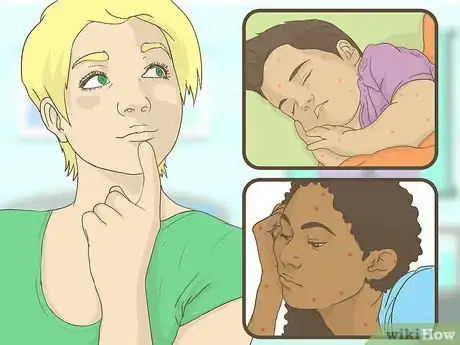
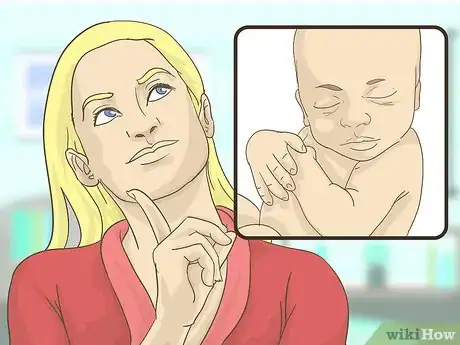
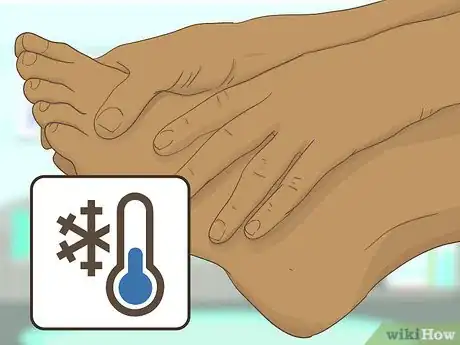
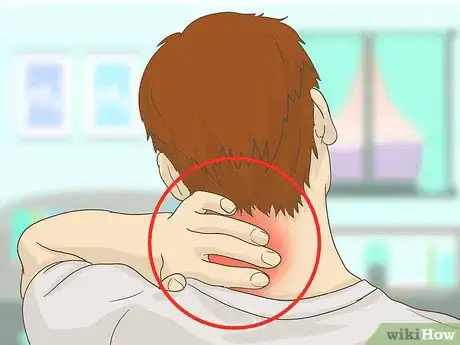
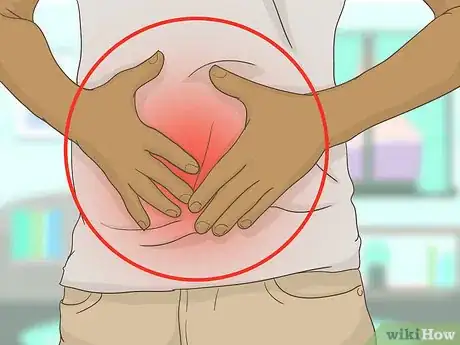




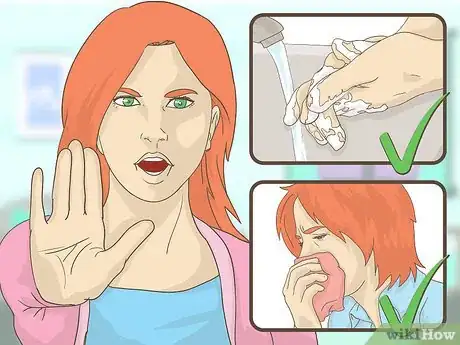

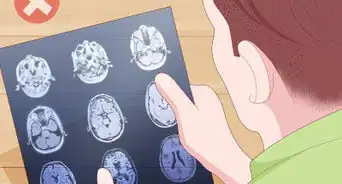
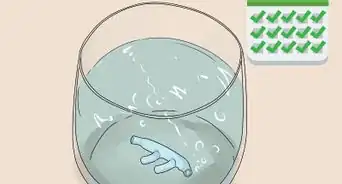
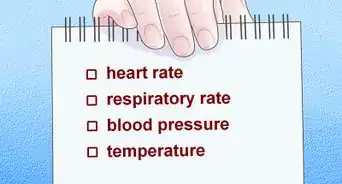

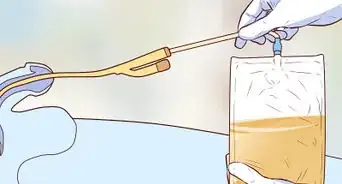


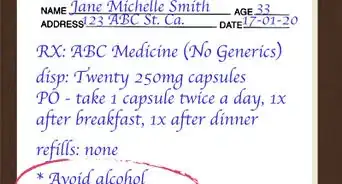


-Tube-Step-17.webp)
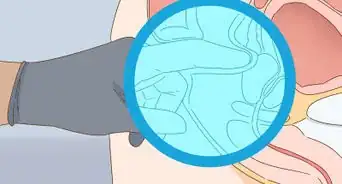









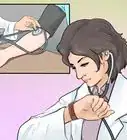






































Medical Disclaimer
The content of this article is not intended to be a substitute for professional medical advice, examination, diagnosis, or treatment. You should always contact your doctor or other qualified healthcare professional before starting, changing, or stopping any kind of health treatment.
Read More...